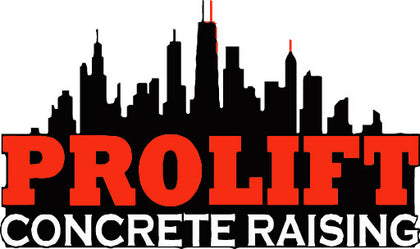
The Impact of Weather on Your Concrete: Understanding the Effects
Concrete is a durable and versatile material used in various aspects of home construction, including foundations, driveways, sidewalks, and patios. While concrete is known for its longevity, it is not impervious to the forces of nature. Weather conditions can have a significant impact on the condition and integrity of your home's concrete. Understanding these effects and implementing proper maintenance practices can help prolong the life of your concrete surfaces and structures. In this article, we will explore the effects of weather on your home's concrete and provide maintenance tips to keep it in good condition.
Freeze-Thaw Cycle:
One of the most damaging weather phenomena for concrete is the freeze-thaw cycle that occurs in areas with cold winters. When water penetrates the porous surface of concrete and freezes, it expands, exerting pressure on the material. This repeated cycle of freezing and thawing can lead to cracks, spalling, and erosion of the concrete surface over time. Proper maintenance, such as sealing the concrete and ensuring proper drainage, can help mitigate the effects of the freeze-thaw cycle.
Heat and UV Exposure:
Extreme heat and prolonged exposure to the sun's ultraviolet (UV) rays can also impact the condition of your concrete. High temperatures can cause the concrete to expand, leading to cracking and heaving. Additionally, UV rays can degrade the surface of the concrete, causing fading, discoloration, and surface deterioration. To protect your concrete from these effects, consider applying a UV-resistant sealant and providing adequate shade where possible.
Moisture and Humidity:
Excessive moisture and humidity can have several adverse effects on concrete. Moisture can infiltrate the concrete and cause it to weaken, leading to cracking and erosion. In humid environments, mold and mildew growth can occur on the surface of the concrete, having a negative impact on its appearance and potentially causing health issues. Proper drainage systems, regular cleaning, and the use of mold-resistant coatings can help prevent moisture-related damage.
High Winds and Storms:
Strong winds and severe storms can physically damage concrete structures, particularly those exposed to the elements. Flying debris, falling trees, and high-velocity winds can cause impact damage, cracking, and even complete structural failure in extreme cases. Ensuring that trees are pruned, securing loose objects, and reinforcing vulnerable areas can help minimize the risk of damage during storms.
Maintenance Tips:
To protect your home's concrete from the negative effects of weather, consider implementing the following maintenance practices:
- Regular Inspections: Routinely inspect your concrete surfaces for signs of damage, such as cracks, spalling, or unevenness. Early detection allows for prompt repair and prevents further deterioration.
- Proper Drainage: Ensure that water is directed away from your concrete structures through proper grading, gutters, downspouts, and drainage systems. Avoiding standing water on or around concrete surfaces can prevent damage caused by excessive moisture.
-
Sealing: Apply a high-quality concrete sealant to protect the surface from water penetration, UV rays, and chemical damage. Reapply the sealant periodically as recommended by the manufacturer.
-
Cleaning: Regularly clean your concrete surfaces to remove dirt, debris, and organic matter that can promote moisture retention and mold growth. Use mild cleaners or specific concrete cleaning products to avoid damaging the surface.
-
Prompt Repairs: Address any signs of damage immediately. Cracks should be filled and repaired to prevent water infiltration and further deterioration.
Weather conditions can significantly impact the condition of your home's concrete. The freeze-thaw cycle, heat, UV exposure, moisture, and high winds all pose potential risks. By understanding these effects and implementing proper maintenance practices, such as regular inspections, proper drainage, sealing, cleaning, and prompt repairs, you can prolong the lifespan of your concrete, protect its integrity, and ensure the safety and appearance of your home. Taking proactive steps to protect your concrete from the elements will help you avoid costly repairs and maintain the value and functionality of your property for years to come.
As Always,
We appreciate you taking the time to read, and hope that you will enjoy visiting our guide. Stop by often to stay up to date on our latest home repair and maintenance tips. As always, whether you subscribe or just send an email, we would love to hear from you! Tell us about your own experiences, the projects you have, and what you want to explore next!
